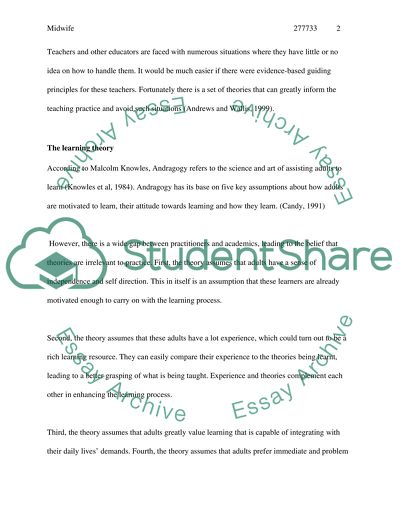Cite this document
(“Mentorship in Nursing Personal Statement Example | Topics and Well Written Essays - 1500 words”, n.d.)
Retrieved de https://studentshare.org/health-sciences-medicine/1527497-mentorship-in-nursing
Retrieved de https://studentshare.org/health-sciences-medicine/1527497-mentorship-in-nursing
(Mentorship in Nursing Personal Statement Example | Topics and Well Written Essays - 1500 Words)
https://studentshare.org/health-sciences-medicine/1527497-mentorship-in-nursing.
https://studentshare.org/health-sciences-medicine/1527497-mentorship-in-nursing.
“Mentorship in Nursing Personal Statement Example | Topics and Well Written Essays - 1500 Words”, n.d. https://studentshare.org/health-sciences-medicine/1527497-mentorship-in-nursing.


